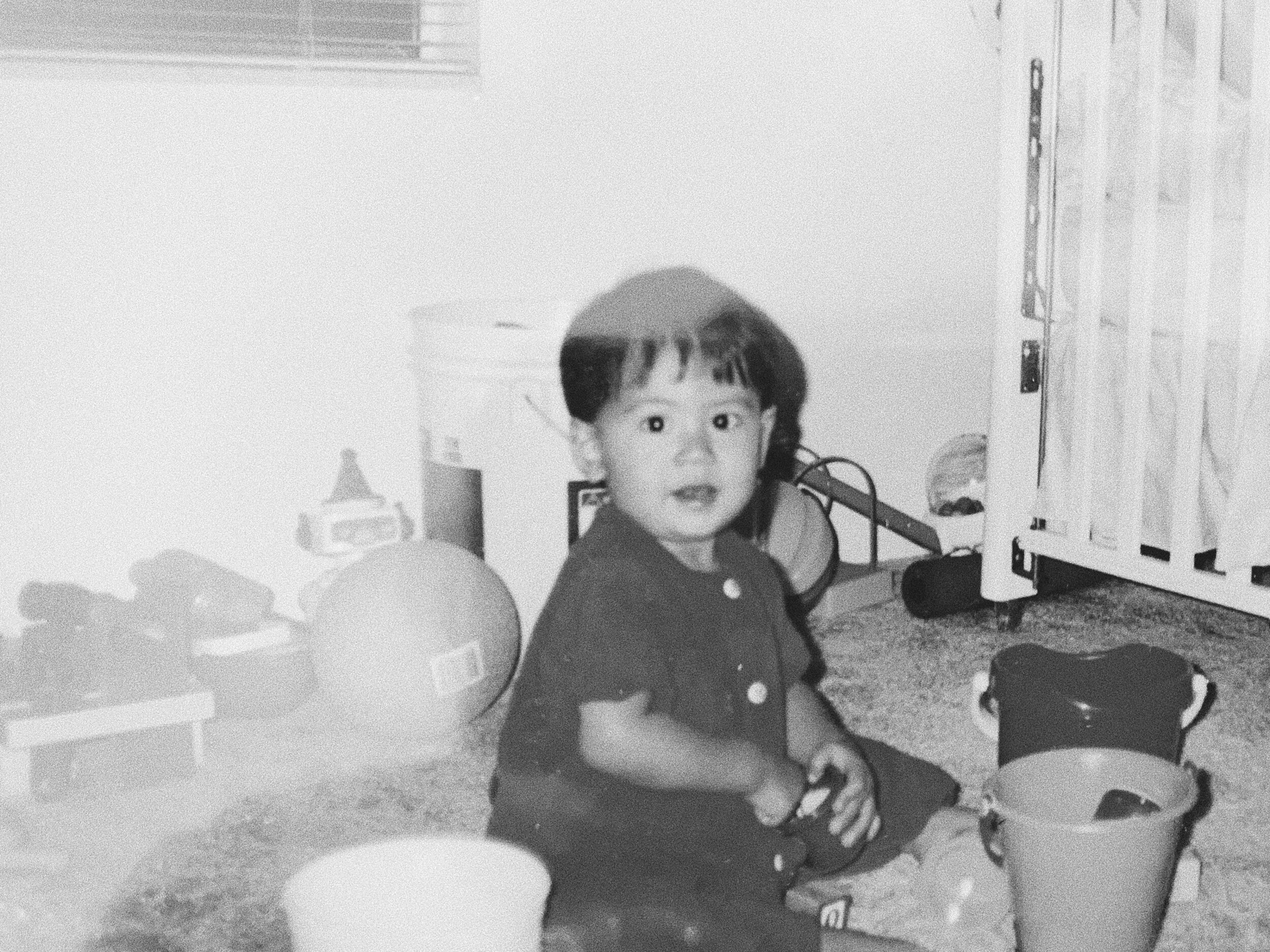Gathering Shells
“Life is a beach.”
That line is probably printed on millions upon millions of tacky shirts, mugs, and chotchkies globally. However, beneath the corny veneer, there’s truth to be found.
If you walk along a beach for long enough your eyes will eventually be drawn from the horizon to where the gaze naturally falls, which is the water line rushing and disappearing into the diverse blend of stones, sand, and flotsam. What follows is equally natural – the innate desire to collect the finest of what the ocean gives up to the shoreline. Each and every one of us has a perfect stone or shell in our mind’s eye, and the frenetic search on an otherwise peaceful coastline begins. We bend excitedly at the waist to collect our treasures, gathering what appears to be the closest resemblance to our mythical item. We gingerly place them in a place of safekeeping, without much of a plan for what they will become (unless you’re this guy). We fervently hunt, seeking out that specific, grandiose gift from the sea, and while it’s not found the first lesson of the beach is:
How could we possibly expect to find that exact, fictional shell while standing at one of a billion junctures between land and sea, with the latter being more unknown than the entire universe?
The answer is simple: We must relinquish the expectation of finding what can’t be found and instead realize that the opportunity to stand upon that beach, between air and ocean, the gateway between worlds on our world, is the greatest treasure of all. Searching, and the arbitrary items we stumble upon along the way, is the gift.
We find some iota of satisfaction in this newly realized notion and leave the beach, confident that the items jangling in the pocket-now-prison will please us later, flashing with the tremendous color and sheen that originally caught our attention at the water’s edge.
It isn’t until later that the next lesson of the beach reveals itself when the trove is spread out on the countertop. Somehow, by some dark and inconceivable magic, the luster and magnitude of the haul have disappeared with the departure of the ocean’s moisture, and before you is what appears to be a handful of slightly diverse gravel. To share this drab collection with anyone would be the equivalent of showing off a handful of scree . Unless that is, we are willing to take a step back and welcome the second lesson:
Our perception of the stones may have changed, but the stones themselves haven’t changed one bit – the lesson is to value how you came upon them, what they meant at that moment, and how the stone before you represents and captures that moment in a timeless capsule.
On January 30, 2025, I was fortunate enough to travel with my parents and sibling across the world to the Philippines, which is a collection of over 6,000 islands and my mother’s birthplace, ie. many beaches. The endless possibilities of what the trip could be tempted expectation, and the preemptive months, weeks, and days leading up to departure shimmered with colors of what was to come. While each day of the trip was inevitably a gift beyond description the reality of the trip was that like all journeys there would be a beginning and an ending. With such an undertaking, the perfect shell is sought out, and returning home with the perfect treasure trove is expected. This fictional and constructed mentality is an ideal method of losing a sense of presence and overlooking the details that make up the bigger picture and experience.
It was while walking on the beach of Boracay, when my gaze was drawn from the horizon down to the shells beneath my feet, that I learned these lessons.
Click each image to enlarge.
What In The World Is Web 3.0?
Web 1.0 - read only. Web 2.0 - read and write. So what on earth is Web 3.0?
Born in ‘92, I was privy to ancient technologies such as the VHS player, Myspace, and MSN Messenger. I finished my twenties experiencing the advent of NFTs, the FTX collapse, and talk of the Metaverse, and am peering into a future that has big promises for essentially every industry. One of the biggest topics is the shift into Web 3.0, which in essence is a smarter internet that offers a more tailored experience to users and a much more relevant tool to brands.
As someone who’s worked with brands for the better part of the past decade I find it important to have a clear understanding of the tools that are at a brand’s disposal. Traditional tools, such as email campaigns, continue to see growth and popularity, so is it realistic to expect mass migration to Web 3.0?
First, let’s explore a couple of definitions.
What is Web 3.0?
Web 3.0, also known as the "Semantic Web," is a concept that refers to the next generation of the World Wide Web, in which the internet becomes more intelligent and interconnected.
Web 3.0 is based on the idea that the internet should be able to understand and process the meaning of the information it contains, rather than just the words or characters used to represent that information.
How on earth does that work?
This is achieved through the use of structured data and metadata, which can be used to describe the meaning and context of the information on the web.
Web 3.0 technologies include things like semantic markup languages, ontologies, and natural language processing algorithms.
So Web 3.0 is a smarter internet that uses algorithms such as NLPs to interpret context in a more human manner. It’ll allow for interoperability between different systems and devices, allowing them to share and exchange information more easily. Organizations that are angling toward Web 3.0, such as Tronic, are advocates for the development of new technologies, search engines, and stacks that can offer this new experience.
So what will the landscape of digital marketing look like as we shift toward Web 3.0?
Improved targeting
Web 3.0 technologies could enable digital marketers to target specific segments of their audience more effectively, by using structured data and metadata to understand the context and meaning of the information they are sharing.
Enhanced personalization
Web 3.0 could allow digital marketers to personalize their marketing efforts more effectively, by using machine learning algorithms to understand the preferences and interests of their customers.
Greater accountability
Web 3.0 could enable more transparent and accountable marketing practices, by allowing customers to more easily access and verify the information being shared with them.
Sounds exciting, right? Or, does it sounds like a lot of what’s already happening, but with a layer of promise, that tells us a lot of what we already know about the current digital marketing age? Most folks have had the Black Mirror-inspired conversation about how they received an Instagram ad moments after having a chat with a friend about an air fryer. Companies like Apple, Meta, and Google are constantly circling the drain on privacy, security, and accountability topics, but at the end of the day, data is being collected and sold at a rate that certainly isn’t slowing down.
So what’s a brand to do? Here are a couple of thoughts on how a brand can navigate the future state that seems to be our current present:
Know your audience
Invest in ways to gather qualitative feedback from your customers. Take the time to have legitimate conversations with them so your brand understands their needs and what will extend CLV (customer lifetime value). Innovate, but don’t show them a big, new thing that doesn’t speak to their needs (ie. you’re a neighborhood cafe – do your regulars expect an NFT series or is an investment in sourcing beans from ethical farms more important?).
Typeform - this is a great tool for an easy and interactive survey
Mailchimp - probably more popular than a bored ape. Email campaigns are a great way to keep your audience engaged and find out where they find value.
Focus on education
Users, customers, and clients are always looking for value, and knowledge is power. Understand your category and invest in channels where you can effectively disseminate information. Then, package that information in digestible ways that your audience will respond to.
Reels & TikToks - this is not a forever thing but for the time being short form, low-budget content is king. The Instagram algorithm rewards Reels nearly 200% more than a static post, and Tiktok’s revenue increased by 142% in 2021. Those are numbers that can’t be ignored.
Long-form content - yes, it’s a joke that everyone and their mother has a podcast, but there’s a reason for it. With the increase of WFH folks are tuning into and sticking to long-form content more than ever. Spotify’s investment in podcasts and Youtube’s success with 30 minute + videos are a testament to this.
Your brand is a living thing
From the moment a brand is rolled out it is a living, breathing entity. Every user interaction is a moment in that brand’s life that defines and redefines it. However, it’s critical for a company to have ownership of its brand. Sharing moments with an audience and ensuring that they’re invested is crucial, but a brand must be confident and self-aware. Find ways to innovate, evolve, and improve. This increases the perception of value for a brand’s audience.
Brand development - the process of launching a brand is a forever thing. Expanding a color pallet strategically, introducing a new direction of photography, and even reworking an icon (Starbucks knows a thing or two about this) are crucial activities that brands must invest in.
Continuity - so you want to start making Reels and TikToks. Don’t leave behind your brand values and prove to your audience that you’re loyal to them by investing in cohesion between the old brand and new activities.
I’m thrilled about the future. We’re racing toward more personalized experiences for users and mechanisms that will enable brands to serve their customers in a much more refined manner. In the world of brand development and art direction one thing is clear to me: the age-old ethic of maintaining a striking, focused, and confident brand is more important than ever. Knowing where to grow and how to do it should be driven by customer engagement and responding to that feedback is imperative.
Have questions about Web 3.0, creating a TikTok strategy, or how to reengage your audience with a new and improved brand? Let’s talk about ideas:
Want access to my notes and research? Read more here.
If, Can, Will
I realized something about the phrase and the mentality that conjures it: there is no value in contemplating what could’ve been. While there may be moments of joy procured from wandering into the fantasy of “what if”, those moments are replaced by a looming and monstrous reality that is much more significant.
At the end of what has been a grim and complex year I have found myself reflecting on three words: if, can, and will. My reflections are actuated by the experiences I have had this year and the many diverse conversations that I’ve been privy to. My thoughts aim to be as objective as humanly possible and to experiment with a logic-based framework that can adapted by all types of people to proceed into the upcoming year. The only thing certain about 2021 is that it is going to happen; that is all.
“What if…?”
I heard countless sentences start this way over the span of 2020. These sentences were issued from the mouths of my friends, peers, mentors, and myself. In 2020 we all experienced a cultural shock universal enough to be considered a mass killing of our lifestyles. What we knew and what we expected evaporated quickly as restrictions to protect hundreds of millions from COVID-19 were put in place. Hope and purpose began to drain from communities across America, and as we all begrudgingly accepted (or attempted to accept) the restrictions, we began using the phrase “what if” frequently.
I realized something about the phrase and the mentality that conjures it: there is no value in contemplating what could’ve been. While there may be moments of joy procured from wandering into the fantasy of “what if”, those moments are replaced by a looming and monstrous reality that is much more significant. In order to proceed into 2021 with gusto, we must be wary of the phrase “what if”.
In order to remove something from one’s diction, we’d be wise to have a replacement to fill the gap. Rather than asking “what if” I believe that we must ask “what can?” followed by “what will?”
For example:
“What can I do to reverse division amongst the members of my community, many of whom I care deeply for?”
After asking this question to yourself or others, deliberation will lead us to a hypothesis that can be tested.
“What will happen when I spend 90 minutes a week inviting my friends to volunteer with me in the community?”
Why ask what can? This short combination of words puts us in a position to consider options, alternates, and perspectives. With objectivity, this phrase will allow us to start walking forwards rather than remaining immobile.
Why ask what will? The reason is simple: our hypothesis, our ideas, and our actions may or may not lead to a viable solution, and we must be willing and able to pivot. Not only will it behoove us to ask ourselves how we can change a situation, but we must also be prepared to admit that our first idea (or even our 15th) wasn’t successful.
During 2020 I saw many fall into the doldrums of wondering “what if”. I saw many take action and proceed toward a hopeful future, but refuse to adapt and evolve when their first steps proved faulty or unfit. I am afraid of what our world will look like if we make these mentalities habit in the upcoming year.
Empathy, self-awareness, and a desire to deny hubris will be paramount in 2021. We need to stop wondering “what if” and start asking, with confidence, “what can?” and “what will”. We’ve been led by incapable leadership on a multitude of levels and have been sold the lie that delusional behavior and blanket solutions are acceptable for our great nation. I deny these leaders of any validation. We must look within before looking out for both the causes of our success and failure.
What can 2021 hold for us all? And what will we do to make a magnificent future possible?
Thoughtfully,
Dylan Santos Green
12/30/20
DISCLAIMER
All of these thoughts and ruminations are my own. They’re based upon my singular experience, and I am sharing them with the single intention of expressing my own experience in hopes that it may positively contribute to the perspective of others. In writing this I have made a conscious effort to express my thoughts objectively and without any intention of causing ill-will or harm. I welcome any and all feedback, with the caveat that I ask for an equal intention of objectivity and consideration.
Tough Times
“Tough times make tough people” is a quote I heard on the radio. This is regarding the COVID-19 pandemic that we’re all weathering together. Like everyone, I’ve had a lot of time to think about our current circumstances, and I needed the catharsis of expressing these thoughts through writing.
Tough times make tough people
- OPB, 05/22/20
I heard this quote on the radio this morning. I don’t remember who said it, but it struck me. The first part that caught my attention was the word “make”. “Make” is a verb, and if it is concerning a sentient noun it implies a conscious decision. In this case, however, it is regarding the “times” which takes on a new meaning. To me, this implies that the sentient nouns who are living within those “times” must make a conscious decision on what they will become during these “times”. This quote refers to the times being tough, and that those living in those times should make the decision to emulate their environment.
-
For historic and archival purposes I will sum up what’s happening to ensure context is provided (this may be the only piece of text found by an alien species 50,000 years from now, who knows). In December of 2019, the United States was hearing murmurs of a virus spreading throughout China. While we like to blame the powers that be, I believe it is the collective American arrogance that caused us to ignore the signs. By mid-March of 2020, America declared a nation-wide quarantine, and COVID-19 (a form of coronavirus) was known as a global pandemic, impacting cities and countries worldwide.
While visiting my parents in Bellingham, Washington I contracted the virus. We all had it. The symptoms were different for us all and we all suffered and recovered individually. We were fortunate to have each other’s support and our independent foundations of health which diminished the risk of hospitalization or death. During this time we all lost work, money, and opportunity. At 27 years old and self-employed, I saw the end of the life I knew and the beginning of a new, darker version. While I sought out options for my future I found very few answers and found myself looking in places that I never thought I’d look (including Amazon Delivery Services and the United States Military).
Fast forward to today – we’re been in various states of quarantine across the country for over 9 weeks. I put my pants on a found work (and for those wondering I’m not in basic training). At this point, the lives we’ve all been living for the past 9 weeks have begun to feel like the new normal. While we’ve all been experiencing the same pandemic we’ve faced different circumstances, both internal and external.
When I heard that quote on the radio this morning it struck me. It circumnavigated the sounds of cars outside and the dishes I was washing because there was a diamond of truth at its core – we need to be tough.
Toughness takes on many shapes and sizes, but if there’s one thing I’ve observed in the 27.5 years of existing in America it’s that we’ve traded in toughness and acuity for passive-aggression and submission. There are loud voices that seem to take on a tone of valor, but if you dig deeper they sound more like an excuse from responsibility.
We need to be tough. Life is unforgiving. It’s full of predators, pandemics, and perils beyond comprehension. In our modern, 21st-century bubble we’ve demanded so much from each other and life, and have forgotten a key factor: life does not care about you or your feelings. Hurricanes and viruses are not concerned about your iPhone update and the traffic that you sit in. It doesn’t care about human shortcomings such as racism and classism. We made all of those things up. Like two children arguing over which one can be the knight and which one can be the dragon, we are arguing over equally mythical topics. While there may be real outcomes from these constructs, they are, at their core, human constructs.
We need to be tough. There has never been room for our inherent immaturity, but now more than ever pragmatism needs to be considered as a necessity for survival. Regardless of what happens next, we need to grow as a species – now. Empathy and compassion are needed, but we also need to understand the fine line between the entitlement of heightened sensitivity and caring enough about a situation to truly help and make a change. I’m fatigued by the politically-driven arguments over social minutiae that have caused more division than unity.
I’m looking at the mirror today and asking myself how I can be tough. This doesn’t mean turning off my emotions. This means being responsible, innovative, and creative. It means refusing to crawl into the fetal position when the beast rears back and roars. It means that I need to be a strong segment of a greater body for all of those who are a part of the same family of gears that make up our species.
Tough times make tough people. Stop arguing about bullshit. We all may need to shift our individual boundaries of what comfort looks like, but that might not be a bad thing.
Unflinchingly,
Dylan Santos Green
05/22/20
The image used is a screenshot of my mom, dad, sister, and I Face-timing while we all had COVID-19 (03/23/20). I am happy to report that my mom is back on her feet teaching Zumba classes remotely, my father is back to working with restaurants on how they can safely reopen, and I have found employment opportunities within my field. My sister never lost her job and is doing also doing well.
MACHUS – 8 YEAR ANNIVERSARY RELEASE
Machus 8 year anniversary event on November 9, 2019, featuring their latest offering reflecting their 8 years of operating in Portland, Oregon.
On Saturday, November 9th Machus hosted an event celebrating its 8 year anniversary and the new items designed to reflect the event. Staying true to their dark and minimal brand, the launch included a long and short sleeve vintage black wash tee featuring unique distressing, a graphic tee printed on a black Champion tee, the “8 Year” graphic tee, and a vintage black wash hoodie with the same distressing as the tees.
Machus resides on the corner of 6th and Burnside and has commandeered this post for 8 years. They opened their doors on 11/11/11 (an iconic date and the genesis of their logo) and have become a hub for high fashion designers like Rick Owens, Off-White, and Jun Takahashi/Undercover. They put it quite simply in their mission statement:
“...To curate a store with the most compelling designers in the contemporary men’s market. We often forgo working with the obvious larger labels to select upcoming, emerging designers.”
A truly unique aspect of Machus is how they flawlessly retail designer labels while also producing their own apparel. Their brand feels like an adhesive amongst the others, bringing everything together to create a focused yet diverse retail experience.
Click images to see full photo.
Markerad - Virgil Abloh (OFF WHITE) x IKEA
Coverage of the OFF WHITE (Design by Virgil Abloh) x IKEA 2019 drop titled “MARKERAD” from Portland, Oregon.
I woke up around 7:30 am on November 1st, and the first thing that popped up in my Feedly, Instagram, and Twitter was synonymous - it was the day of Virgil Abloh’s drop with Ikea titled “MARKERAD”.
I had put the event in my calendar but wasn’t totally committed to going. However, all of the hype online got me excited so I called Ikea. I figured if there wasn’t much of a line, I’d make the 20-minute drive and see what Off White’s most recent collaboration offered. When I explained myself to the operator on the phone he simply said, “Oh dude. You gotta get over there ASAP.”
I arrived at 9:30 am. I got ticket #289. The line had started at 2:30 am in 28° weather, and it was clear that the people ahead of me deserved to get in first. I made a few new friends while waiting in line – a mother standing in line for her high school-age hypebeast son, a Warby Parker employee from Nashville, and a couple of dudes who attended as many streetwear and shoe drops as they could find. People who got into the store first were coming back to the line to resell items that had sold out. The vibe was wild, and it was pretty incredible to imagine that this was happening at Ikea locations across the nation. The highlight of waiting in line was the Ikea manager who would address various portions of the line throughout the wait, announcing quantities of products left available. It felt like he was testing material for a stand-up routine as he made announcements over his megaphone.
To manage the traffic, folks were given access in groups of 10-15. My new friends and I gained entry at 12:15 pm, and going up the classic Ikea escalators to the presentation room felt iconic. The space was about 12 x 10’ and stantioned off. The first visible product was the “Sculpture” bag, which comes in two sizes. While it looks like a combination between a standard tote and a brown paper grocery bag, it has a thick weight to it that gives it a heightened quality. The “Temporary” clock was next to the bags. This was the piece I was most interested in. The $50 price point seemed incredibly fair and I’m a sucker for a minimalist clock. The toolkit was next. It was packaged in a different container than advertised. Online it was shown in a soft red zipper bag, and in the store, it was a very similar plastic snap container that IKEA’s classic toolkit is in. The two items that followed were the receipt rug (Low Pile) and the “Wet Grass” rug (High Pile). They were hung on the wall for the sake of photos while two employees handed interested customers vouchers which they’d exchange for the rugs in the warehouse below. Besides these items were the pillow cover and bed set. Around the corner, the daybed, table, mirror, glass shelf, and chair were set up. These products seemed to be the least popular. Some folks speculated that it was due to the fact that it’d be harder to resell and ship a piece of furniture in contrast to a rug or clock. Quite a few people joked about the overall design of the pieces, particularly the chair. The Ikea manager was one of these people (he had previously announced, “This morning we started off with 45 chairs, and I’m here to announce, that 6 hours later, we’re down to only 39!”).
Despite my 3 hour wait in line, I was able to get the medium bag, both rugs, clock, the pillow cover and bed set. The mirror and “Mona Lisa” both sold out before I had made it to the showroom, but I was happy that I was able to get the pieces I got. All of the items had the familiar Ikea packaging and light quality, but a standard Ikea pricing reflected this. I’m curious to see what resale value on the items will be, considering Virgil’s notoriety, the limited run of the release, and popularity of past collaborations.
“The ethos of the collection is to add an artful quality to anonymous objects.”
- Virgil Abloh, designer
Get The Goods – Not Just A Shoot
“Get The Goods” is more than just a shoot. It’s a story of friends, identity, and a great shop. Produced in Portland, Oregon for Produce, Portland’s finest consignment and private label streetwear shop. Featuring wardrobe from Bape, Supreme, Kith, Nike, Tommy Hilfiger, and Qilo.
Take a moment to vibe with me for a couple of minutes, and imagine this: you’re floating in the tunnel of fizzy lifting drinks with Charlie and his grandpa (click here if the reference is over your head) except every little bubble you encounter is a big idea, amazing clip, awe-inspiring photo, or an outrageous headline. The moment you engage with the bubble, it pops and sends you careening in a totally different direction. You’re feeling a bit of dopamine from what you just experienced, but you don’t even recall what it was seconds later.
I’m describing the sphere of content consumption in today’s world. Nearly everyone is devouring digital digestives at an unprecedented rate. But how many of us consider the behind the scenes? The countless hours of planning and coordinating? The intention behind the image? The value behind the video?
“Get The Goods” is a shoot that has a story. And not everyone will give a damn about hearing the story because an image is meant to tell 1,000 words right? But maybe that’s a problem — maybe we’ve evolved into a state of assuming meaning without knowing what’s really up.
As a creative producer, I always start with a story that drives the project. This story has two major elements — the personal and the commercial.
Before moving to Portland I felt like an outcast, and one of the reasons for this was the way I dressed. Since I was a kid I had an interest in what I wore. Back to school shopping was practically a holiday for me. Assembling an outfit that had a coordinated flow excited me. But as I grew up in a blue-collar, beer-and-cannabis community, I found that my fashion-forward ethic meant nothing to the folks around me — it may have even dissuaded people from engaging with me.
And that’s fine. Because everyone has their own interests and culture that they adhere to. But I have mine, and it was important for me to place myself in a community where we could speak a language to each other and progress together.
The story of “Get The Goods” is of three friends. They grew up together and naturally developed an acute fashion sense as a group. They hang around the cutty parts of their interurban/industrial neighborhood in South East Portland, which places them amongst backdrops as interesting as their outfits. What they wear represents parts of who they are as individuals but also binds them together. Their regalia shows that they have pride in the outfits they assemble and an interest in the designed world around them.
This story tells the narrative of a dream I always had growing up — a dream, not a reality. Recreating this vision had a cathartic impact on me, but of course, what’s the commercial purpose?
“Get The Goods” pulled wardrobe from one of Portland’s hottest new shops — Produce. What is Produce? A group of young entrepreneurs who’ve combined their credibility and knowledge in vintage and streetwear consignment, clothing and brand design, events, and haircuts. When I first got to Portland I walked into the shop, felt at home, and made it known. Within my first month of meeting Wyatt, Reece, Odin, and the rest of the team, we had “Get The Goods” on the calendar.
The story behind the shoot for me is a tale of fashion, friendship, and a recreation of what I didn’t have as a youth. The story for Produce is intended to showcase their dialed curation of streetwear. The big picture is that a bunch of people got together, shared ideas, put dates on a calendar, and made something happen. Sure, it results in a picture that you may only interact with on an Instagram feed for 0.2 seconds. But that’s the tip of the iceberg, which is held afloat by the weight of the personalities, ideas, blood, sweat, tears, and laughter of the project.
Rather than taking a photo, shooting a video, or designing a project to convince a consumer of something, I think there’s a value in realizing who we are within the work that we do. Now, this is a bit of a tall order and doesn’t necessarily have to apply to everything we do, but it’s a principle that can make the process and outcome significantly more meaningful. A picture should tell a story of a thousand words, but what about being able to say a thousand words about a picture?
Project Concept Book
Listening to the Silence
This is the account of a telephone call my grandfather and I shared prior to my 27th birthday. We talked about reflection, anxiety, and coping. No matter where we’re at in life, there will always be trying matters.
Every year of my life (except for my 25th birthday) my grandfather Wilbur Green has called and sang the entire happy birthday song to me. We’ve always lived in different parts of the country and it’s the most consistent way we stay in touch. Throughout my life I’ve always felt that we haven’t spent enough time together, or that I haven’t learned enough from him, but our annual conversations we have always resonate.
This year, after singing in his 1950’s-style pastoral timbre, he began sharing a story regarding his health, and the most recent concern of his. To make a long story short, he was experiencing unusual fatigue and lack of breath, and was worried about the state of his heart. His doctors thought that a pacemaker may be a solution, but this was not an avenue he wanted to go down.
He pursued another opinion. He described the new doctor as someone whom he immediately trusted and felt a strong connection with, and the doctor gave him some very honest feedback.
“You need to stop worrying about your heart. You need to relax.”
The observations made by this doctor lead him to believe that my grandfather’s discomfort was primarily self-induced. Wilbur took this to heart (no pun intended) and within a day felt a very sweet relief of his full stature.
My grandfather was incredibly happy. He shared this story with me, and tied it together with a moral — there are things beyond our realm of control, and we must find peace within the things we have control over, but more importantly, the things beyond our scope of influence. In order to reflect on this, he suggested “listening to the silence.”
~
I recently moved to a new city. This is the second major move I’ve done on my own, with the stakes being substantially higher now that I’m a “fully-fledged adult.” Moving induces a full spectrum of fears and anxieties, and the fear of the unknown often fogs my field of vision. I moved without the safety of a job, and have exposed myself to equal parts opportunity and danger. In the 66 days of being in this new territory, I’ve experienced anxiety and fear in entirely new ways.
However, like my grandfather’s journey of simplifying a sizable and complex issue down to the simplicity of our human nature of being concerned, I too have taken to listening to the silence; allowing the space between moments to give me clarity and to appreciate the lessons learned from circumstances that are outside of my control. Him and I discussed how this realization of reflection is a process that one must go through many times throughout our lives. As I near the age of 27 and he closes in on 90, we’ve connected over an important epiphany. Among the racket of life, the quiet has much to tell us. Sometimes, we must listen to the silence.
The Day I Realized I Wanted To Live
My thoughts on how I can cope with life at 26 years old in the year 2018. It’s a weird world, and we all have to figure it out each day.
My name is Dylan Santos Green and I’m 26 years old and 18 days. If you know me and you’re reading this, it’s most likely because the title startled you. If I was to hazard a guess, it’d be that most people consider me to be an energetic, enthusiastic, and creative ball of energy – someone who seems to generally “gets it” and floats through life simply based on the virtue of my own existence.
Well, that’s all relatively idealistic, but not the case. Know that this isn’t a cry for help, in fact, it’s quite the opposite. But we’ll get there in a moment.
Life is extraordinarily complex these days, and all of the rules have been bent, broken, rewritten, forgotten, and then regurgitated as mutants. Stress, anxiety, depression, and the trillions of other mental ailments that pursue us like hounds seem to be amplified beyond what any of us can understand or control. That doesn’t even cover physical health, global politics, economy, or climate issues. So it’s safe to say, we live in a weird world, and it’s a weird place to grow up.
Up until this year, I’ve been pretty tired of life. I think the first time I felt tihs way was when I was seven or eight. It’s not a distinct memory, but more of a growing disdain for having to go through the motions all the time – why does 80% of life seem to be a bother, 15% on the surface, and then 5% (or less) real and warming? It’s never been something that has controlled my thoughts or decisions, but it’s been a lingering theme, like driving through a county town that reeks of manure, except you never stop driving through that town.
Until now. 26 years and 18 days later. Why? Well, I’m super glad that I figured it out. It’s six things to be exact.
First, and probably obviously, I’ve accepted my mental health as it really is, not what I want it or hope it to be. I’m a young man in a society that has a very confusing male archetype role, and openly stating one’s mental state as “a failure” is simply out of the question. “I’m better than alright, I’m capable of taking the world by the horns, and I must make money.” These are the internal mutterings of said male archetype, and if your mental state isn’t healthy, and it’s denied the attention it needs, these things don’t work out.
So, in coming to terms with who I am, and what I’ve learned about myself for roughly a quarter of a century, I’ve set myself free by accepting my mental health as being a circle and not a square. Knowing my strengths and limitations allows me navigate life in a way that’s truly more comfortable, and because of that I succeed more frequently and am nicer to people around me.
Second is accepting love and compassion. I won’t repeat the last topic, but again, the male archetype is intended to be rather stoic, if not spartan when it comes to love and compassion. All of my life I’ve felt it – from people around me and various experiences – bubbling sensation that’s full of potential. But for whatever reason, I’ve never valued that feeling and have dismissed it. This hasn’t been a conscious decision, but more of a natural inclination.
I’ve managed to hang that hat. Or at least I’m trying to. That’s most likely due to embracing the nature of how my mind works, and it’s a work in progress that I’m excited about to continue. I’m drawing those near to me nearer, and learning more from the value that comes from that proximity. My family is absolutely so cool, I’m in an inspiring relationship, and my good friends keep me on my toes. They all deserve my full attention.
Third is facing my fears and conflicts. We are all imperfect people, and that statement is mostly regarding our internal perception of ourselves. For myself, I’ve found that the things that I fear and the problems in my life are typically of my own genome – or, these challenges have roots that lead back to my own making, or at least are related to my decisions.
I’m making an effort to step back away from of my fears, to release my ego from conflict, and look to how I can address these things in a practical manner. None of us have time in this life to be afraid or to live with conflict. These things must have resolution, or else life becomes a living death.
Four is accepting risk. This one isn’t for everyone, and I know this because people I love very much have a natural tendency that is risk averse, and that is in no way a hack. However, for myself, I know now that I thrive under a certain amount of risk. Without it, I stagnate and become dissatisfied; with too much, I lose my head, and sacrifice the potential of any lesson or reward.
I guess a simple way to put this is that “my crazy days are over”. However, the reason I’d contradict that anecdote is because my even crazier days may actually lie ahead of me – but the level of crazy will be on my terms.
Five is accepting reward. It’s so important to know when you’ve earned something, and relish that with distinction. It’s important to take a moment to understand the value of what you’ve done, and to know who you are once you’ve accomplished whatever it is you’re after. Too long have I blundered past successes, big or small, without realizing what they meant to me. I have a habit of looking too far ahead and losing track of the here and now.
However, there is more to life than the goal and having a plan. Life is actually what’s happening now. Goals and plans are literally “the future”, and their existence is just a construct of what we hope to find. Typing that sentence triggers my anxiety a little bit, but I’m kicking that fear to the curb because the things that are happening today matter a ton. And taking the time to absorb that experience and learn from it will keep me young.
Six is to accept rest -
- to take the time to do whatever I want and not feel guilty. I have lived with severe guilt of how I spend my time for my entire life, and I need to give it up. This is of course relating to responsible amounts of rest that contrast laziness. But truly, spending time to breathe and reorient yourself is mighty important, and it has taken me a long time to actually feel like I’m relaxing. Not fully there yet, but I’m hopeful. Whether it’s petting a cat for 5 minutes or telling someone I’m busy but actually just taking taking a nap, it’s okay, and actually great, to rest.
I’m sharing this because it’s really crazy out there, and we’re all a part of this experience (or simulation) together. I don’t share these thoughts or feelings frequently. I’m not particularly fond of blasting these opinions (because that’s what they are) out into the world. None of this is intended to come off as conceited or as a cry for help or attention.
I’m writing this because I’m incredibly excited that for the first time, I want to live. I’m grateful to have made it this far, and I’m thankful for the people me around that have helped me here. Life is a team effort, and some players are simply better at that than others. Despite what one may assume, I have a hell of a time navigating life, and I can’t do it alone. I’m not a born natural, but I want to be on the winning team, through the efforts of myself and others.
In 26 years and 18 days I have learned to accept my mental health, love and compassion, my fear and conflicts, risk, reward, and rest. And I’m thankful for existing.
-
Dylan Santos Green
Thanksgiving 2018
-
scroll down for image
I took this photo when I realized most of this.












































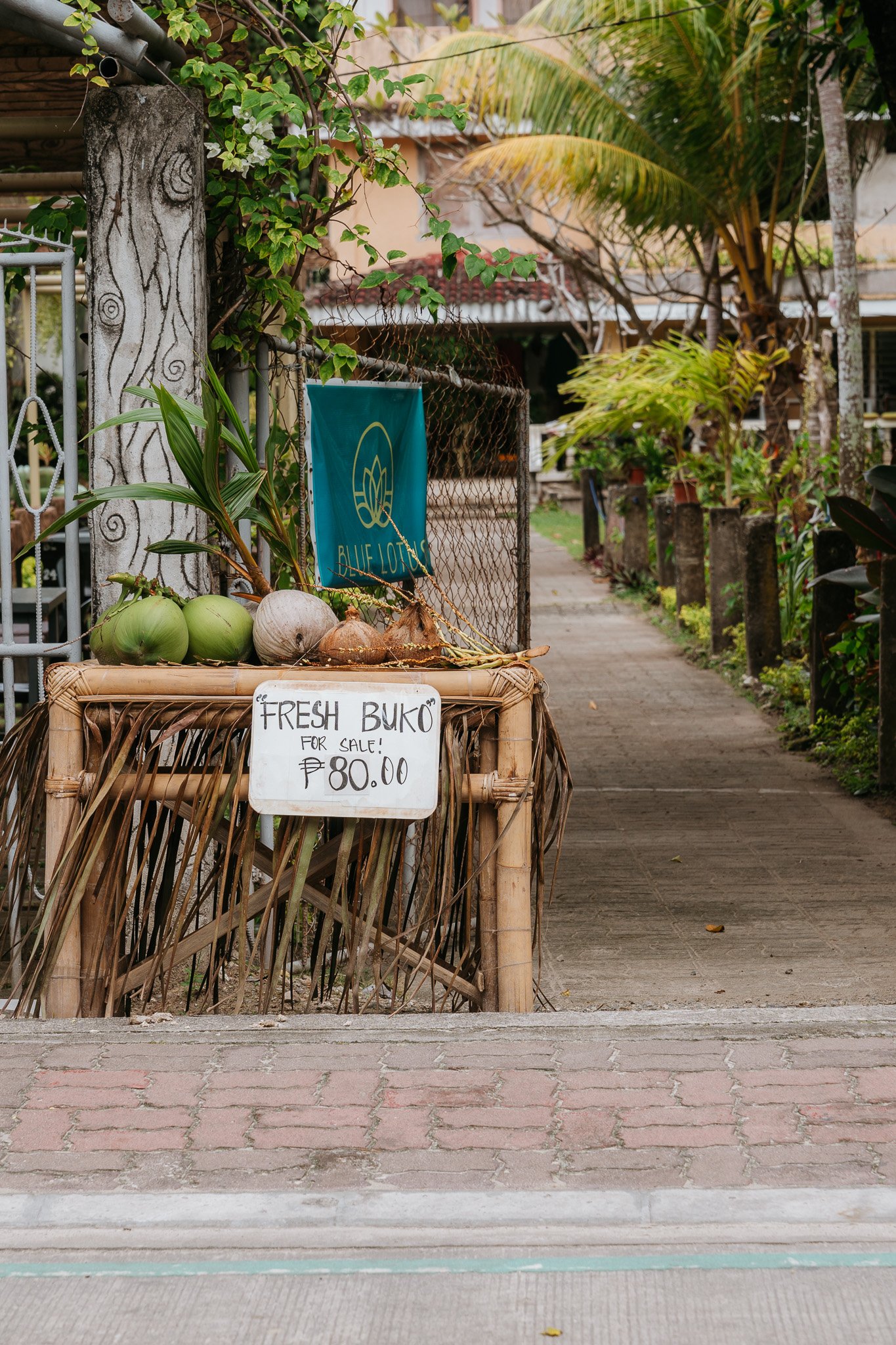




















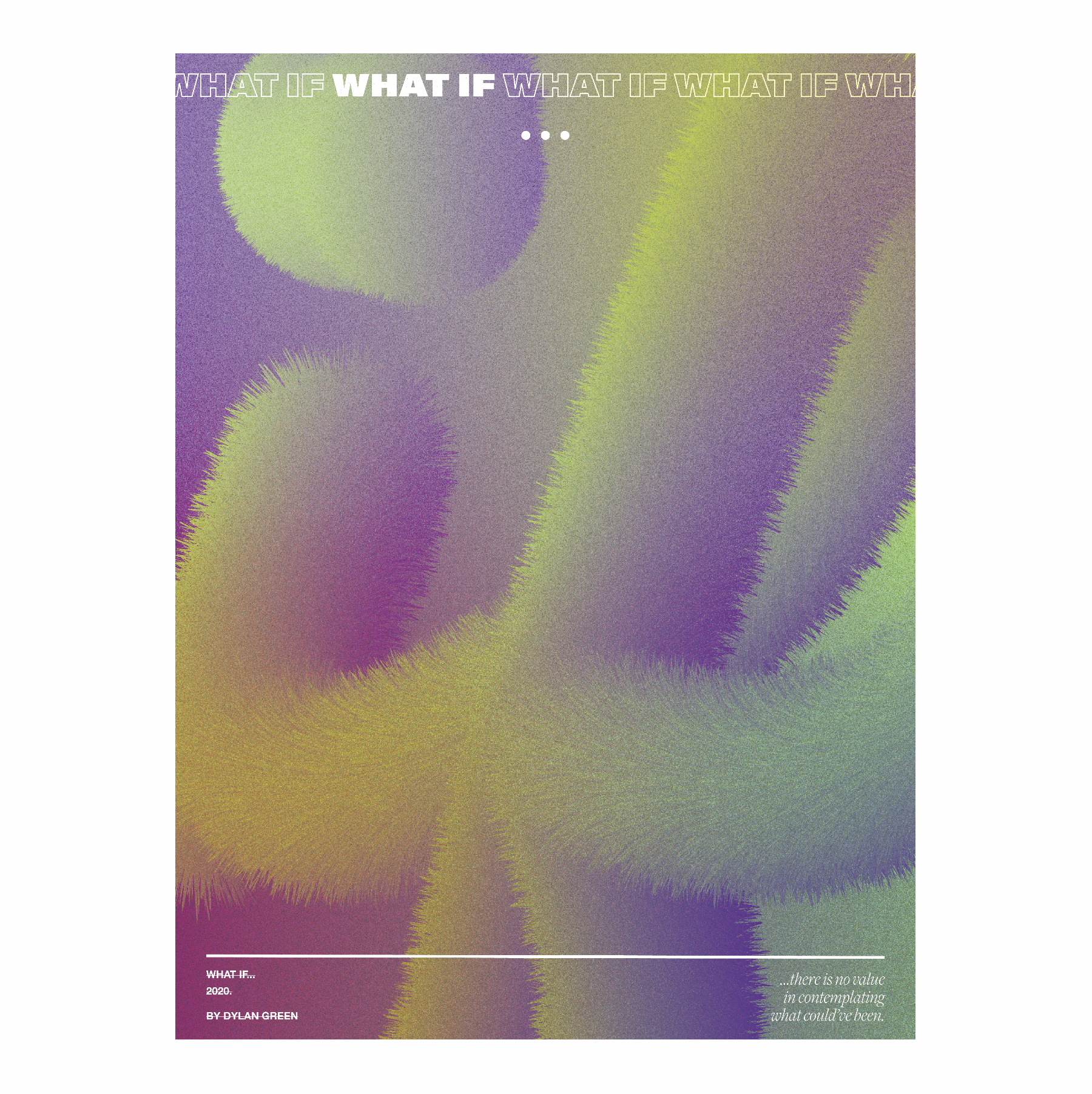



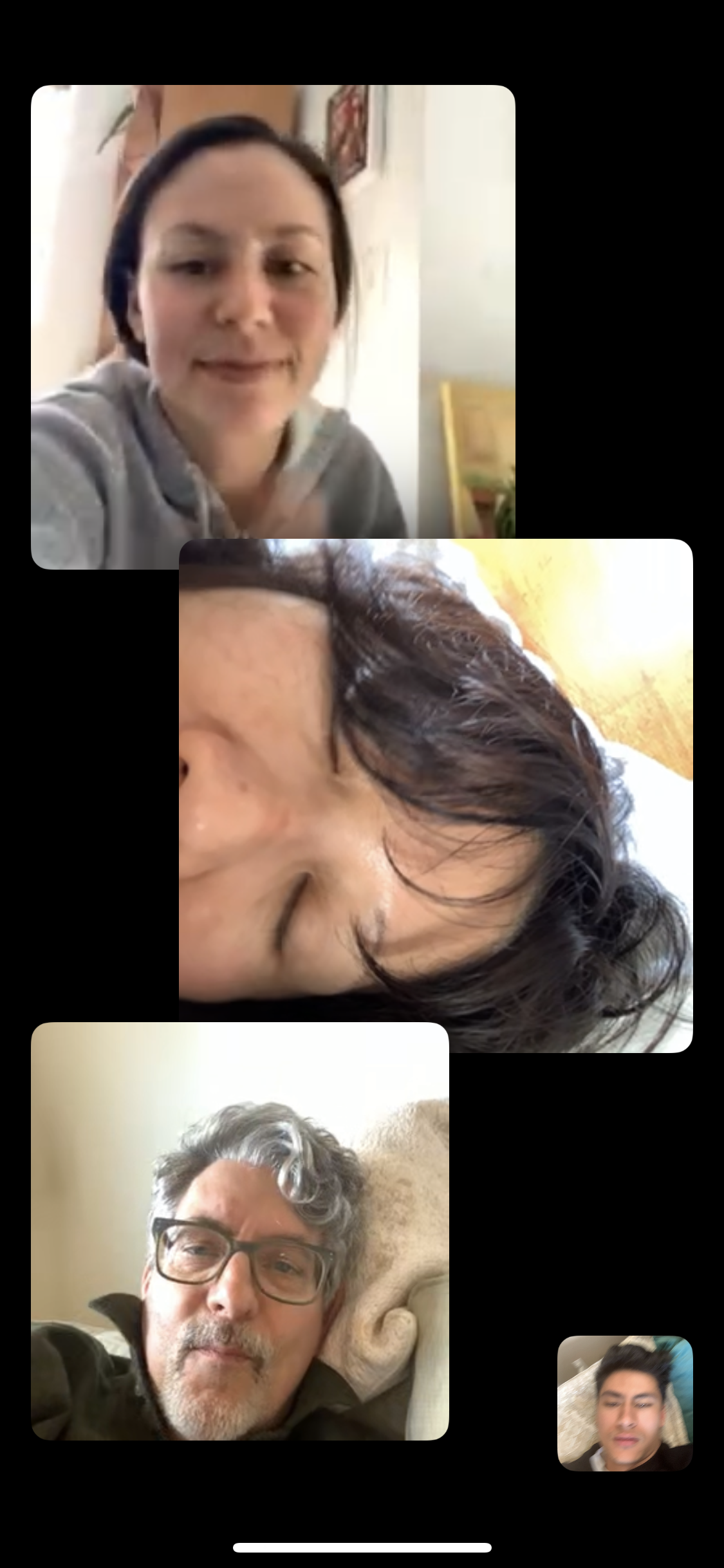









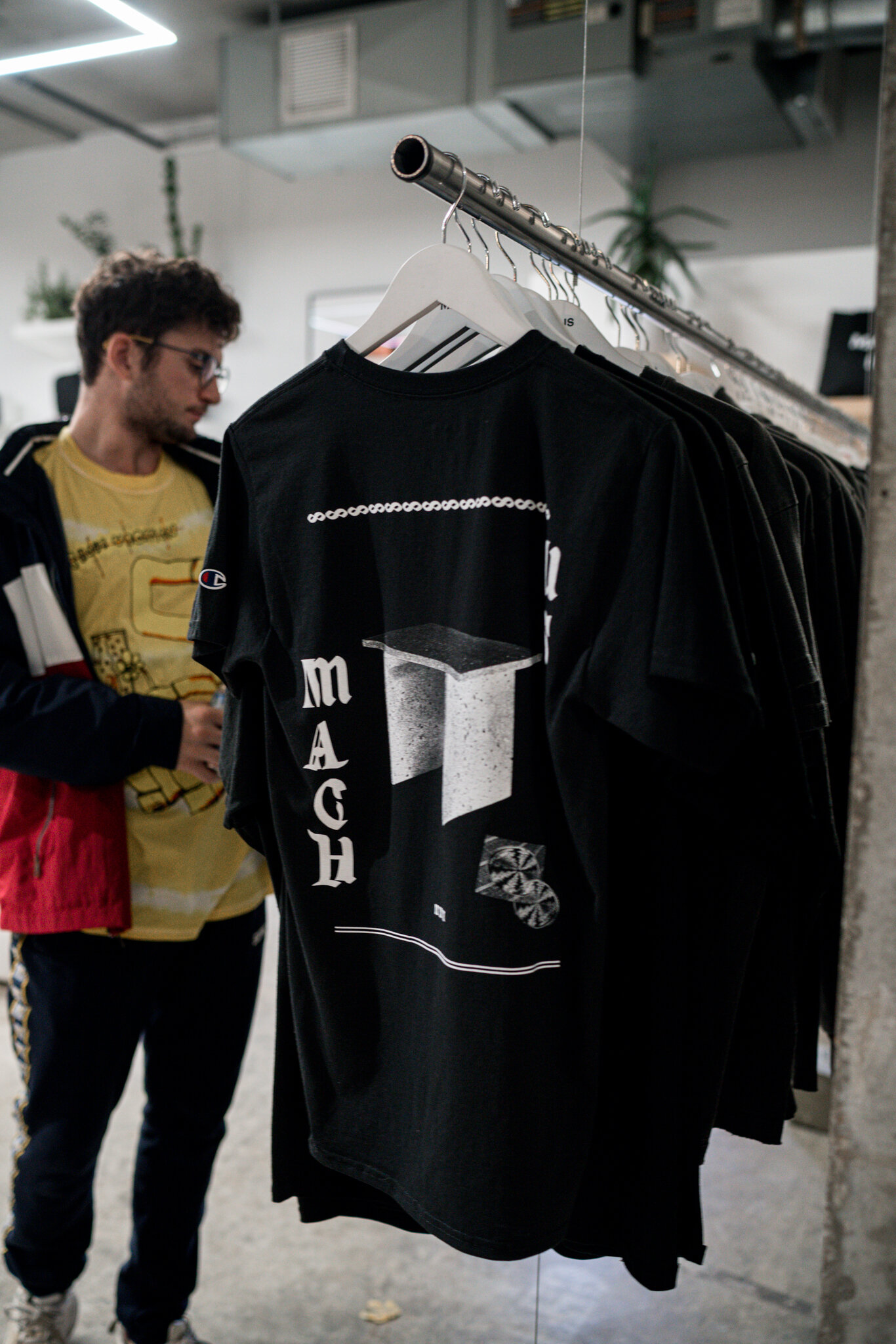



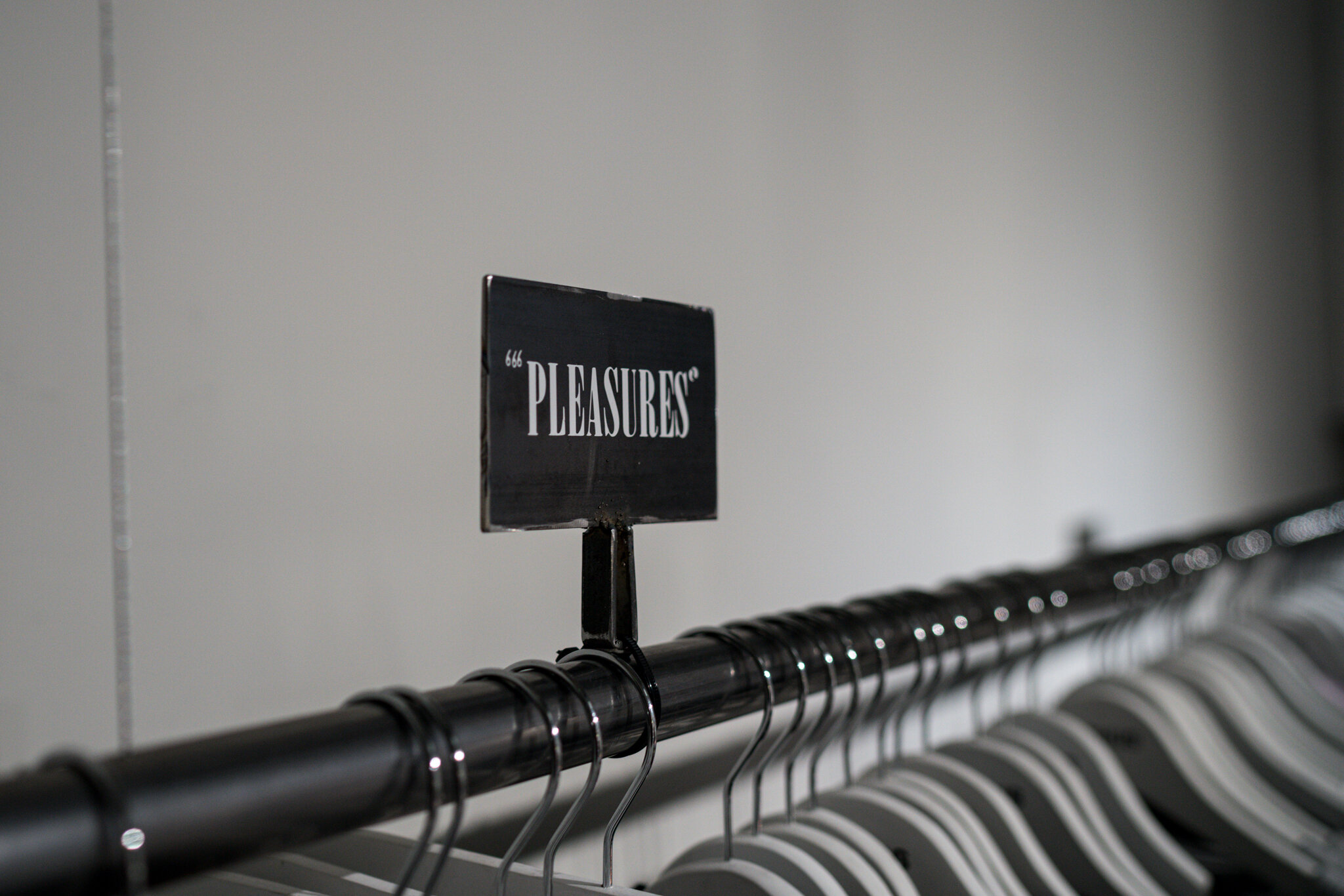



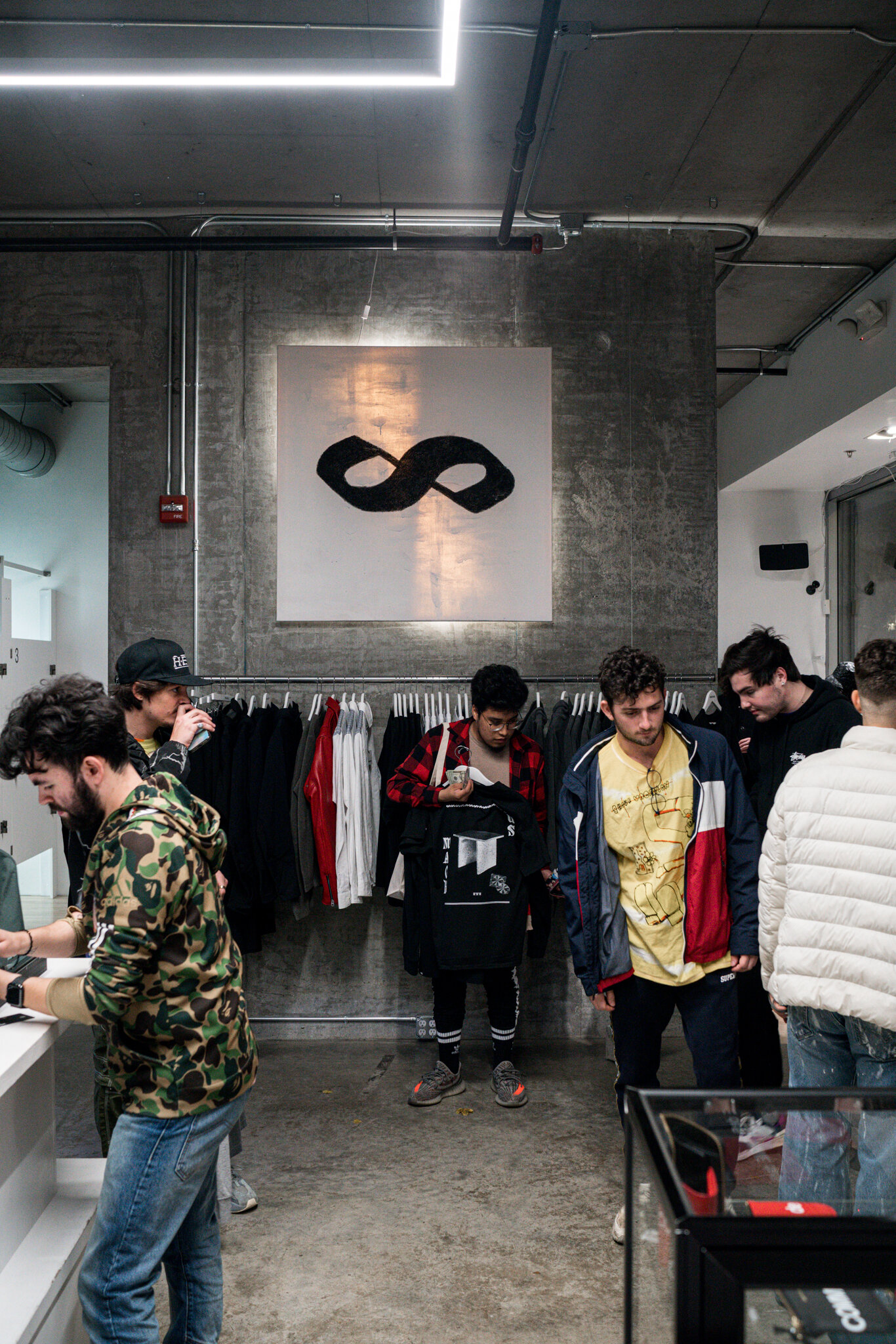







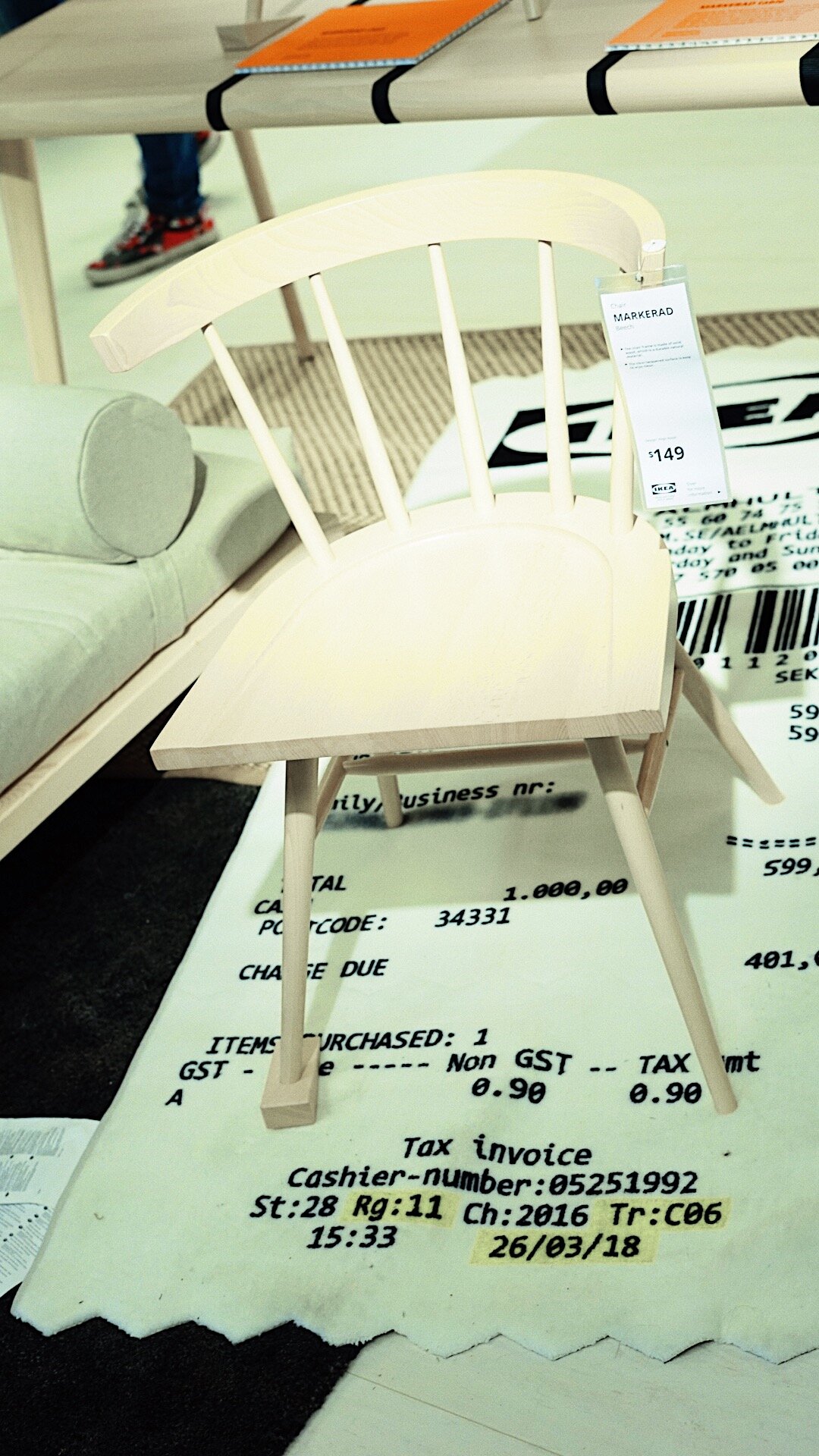
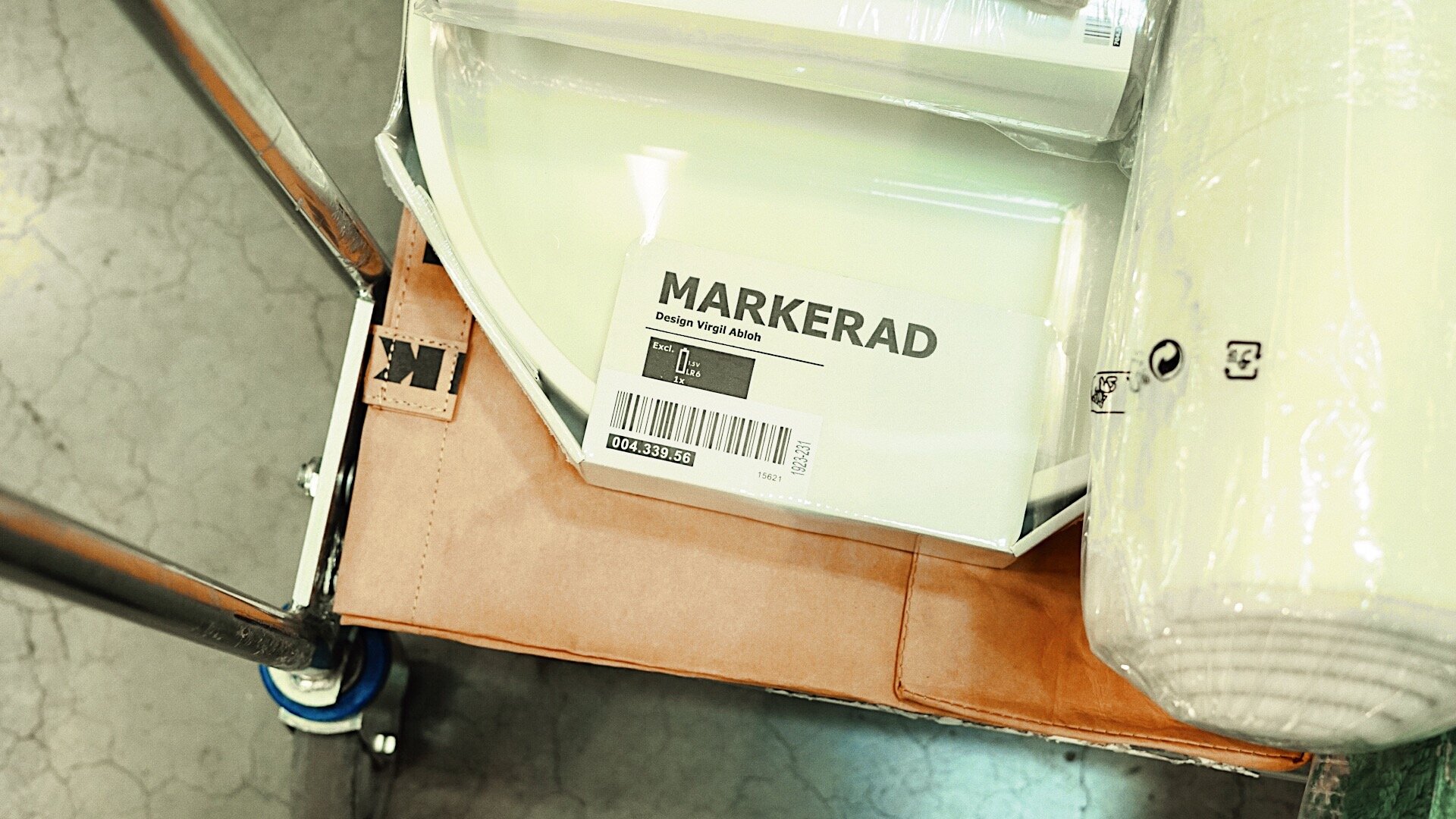
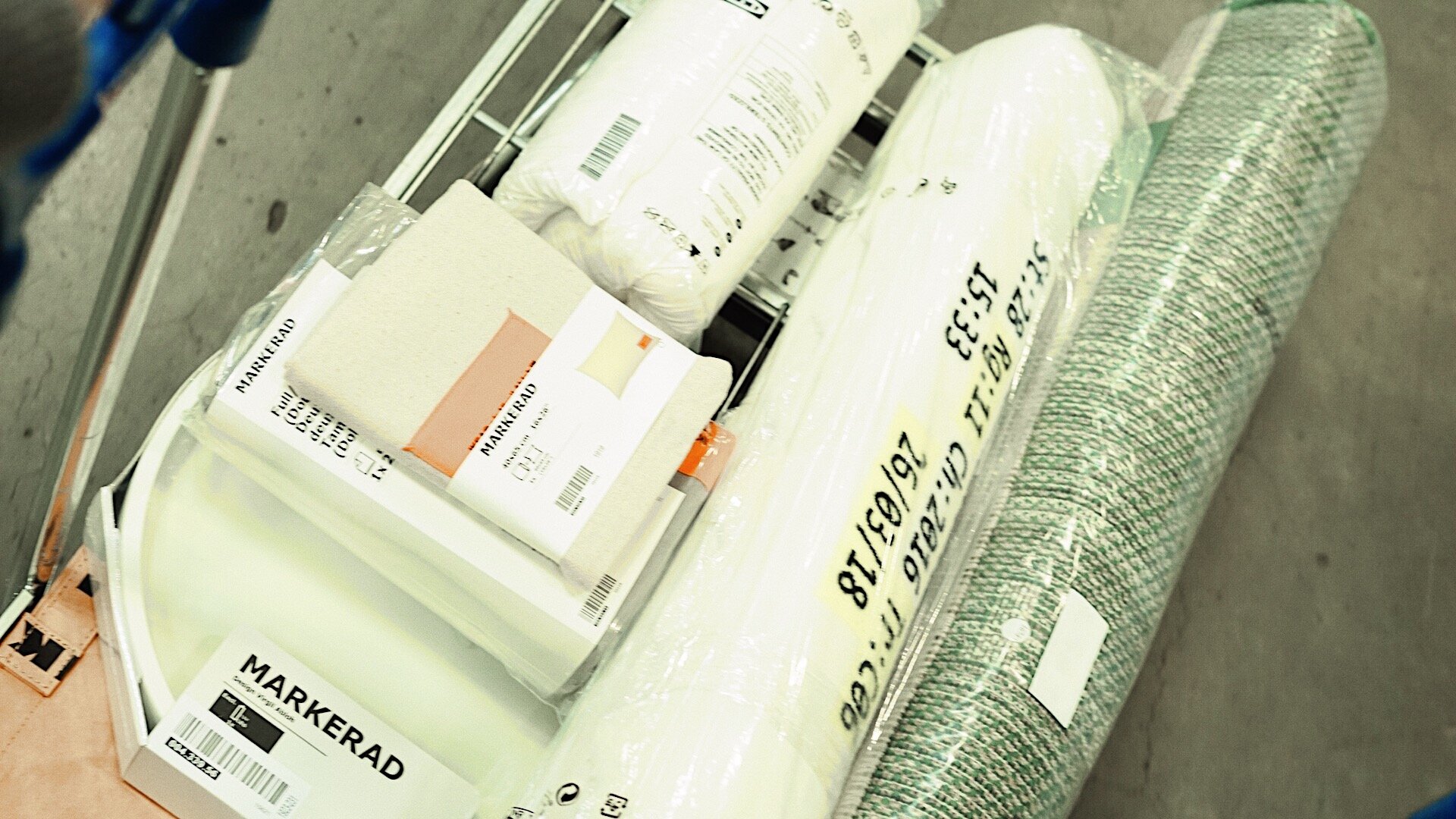
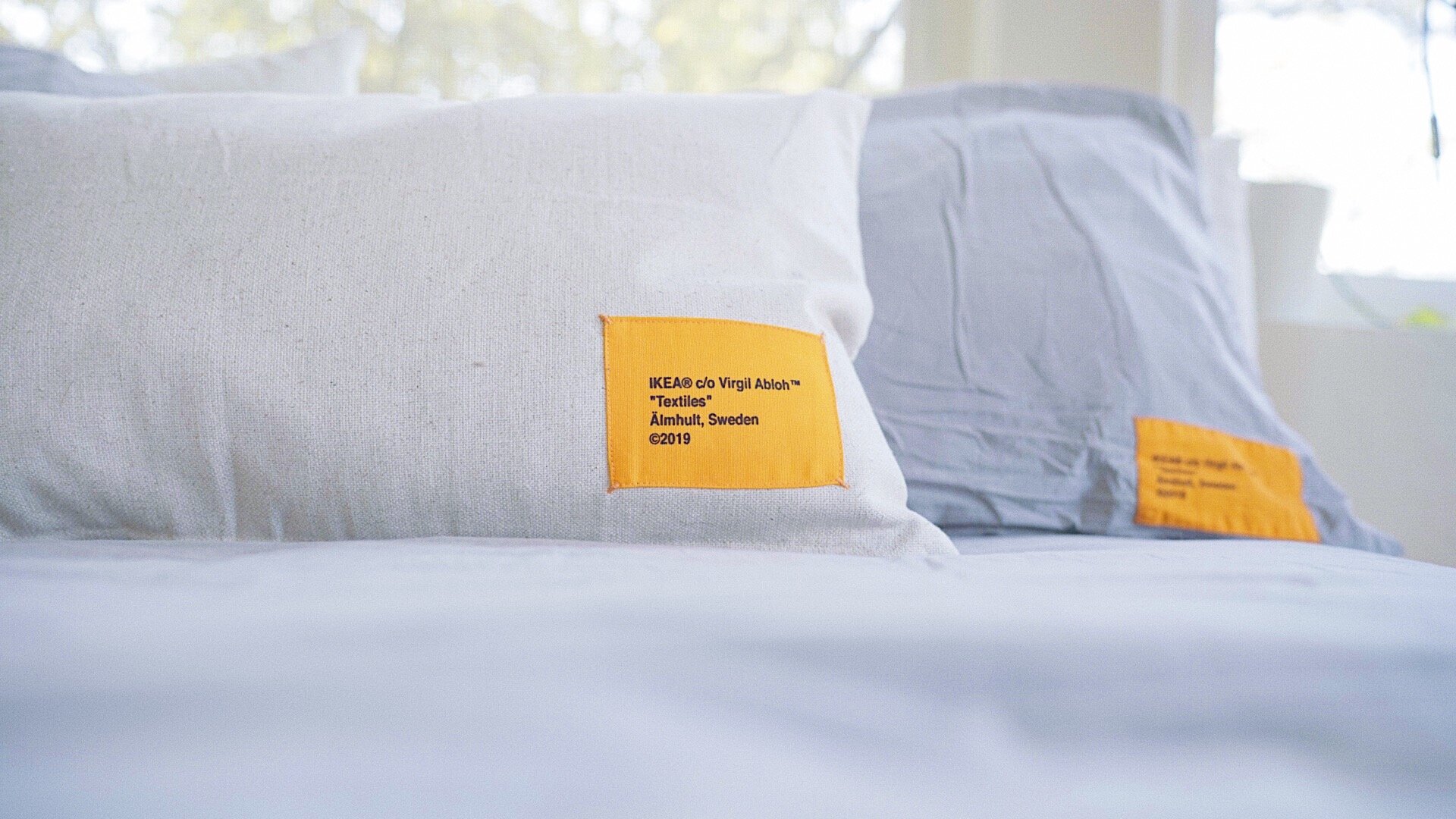

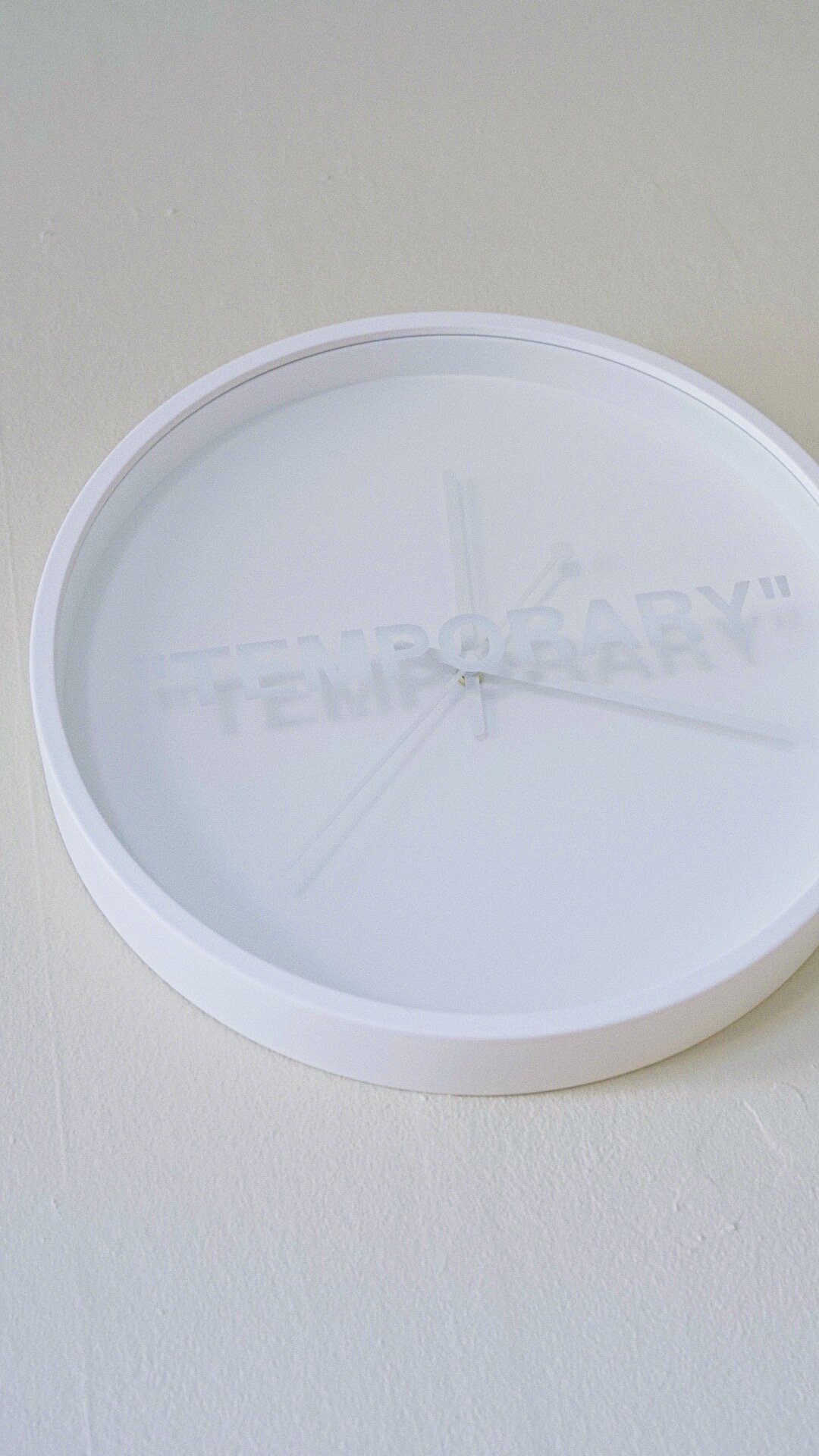









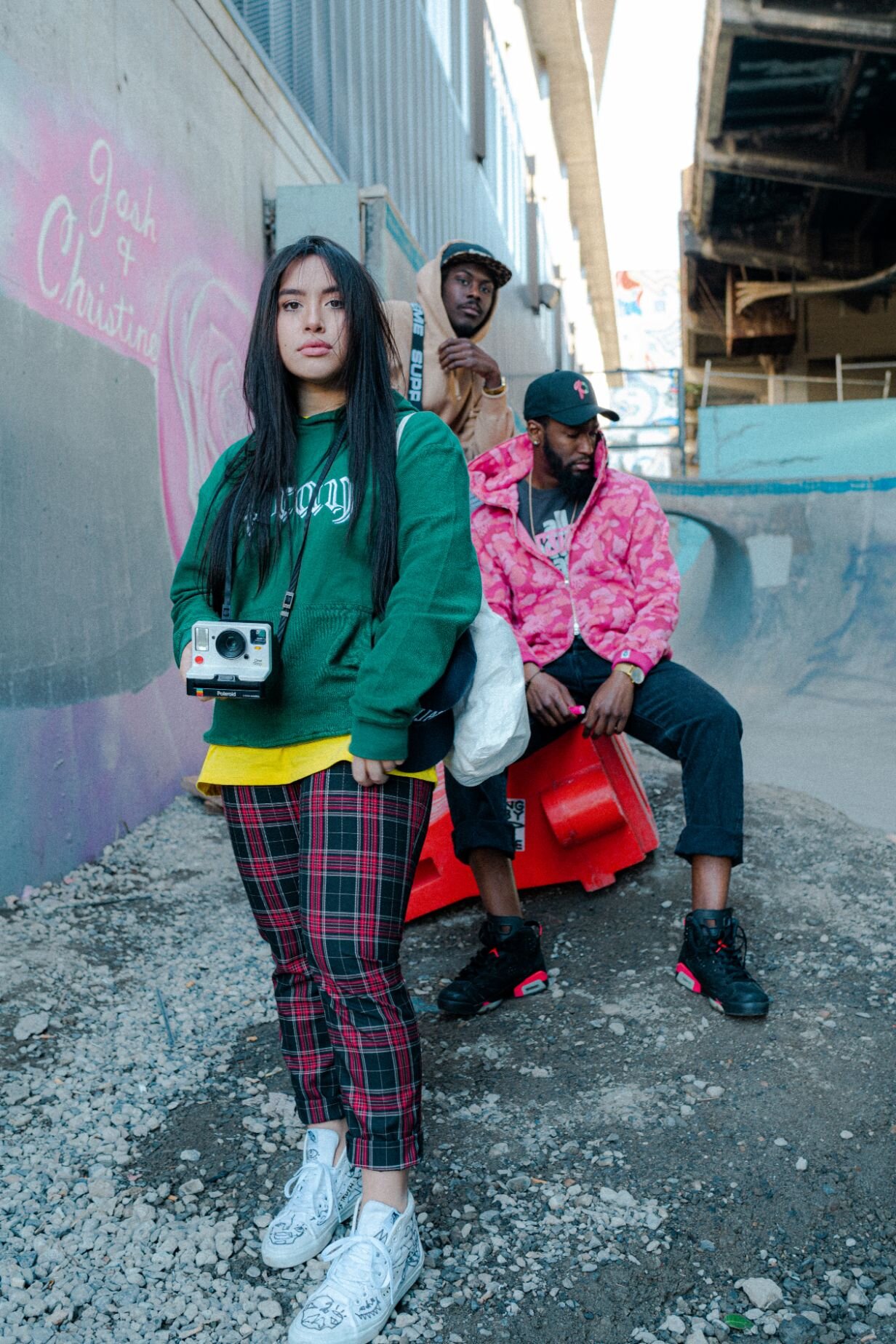
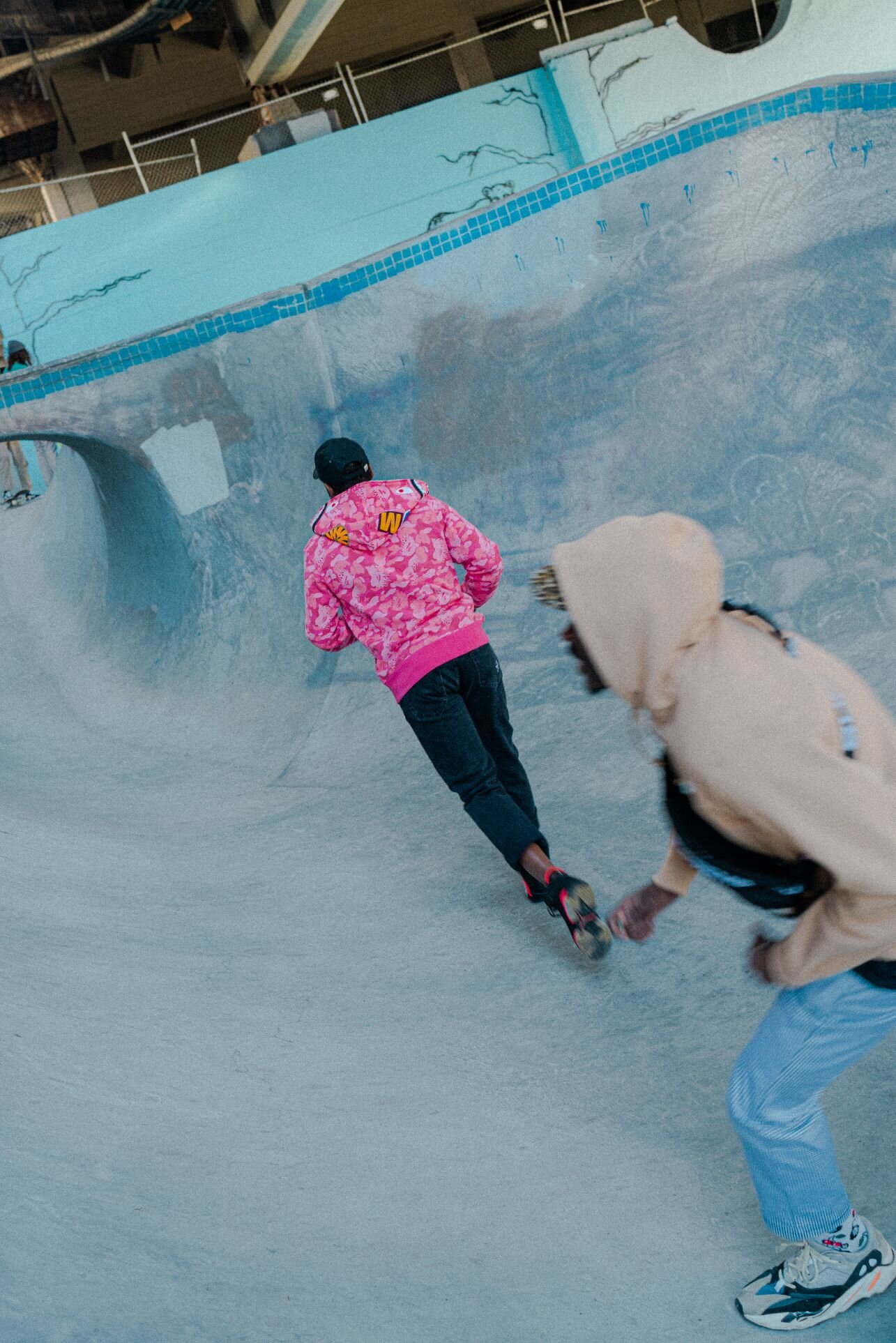
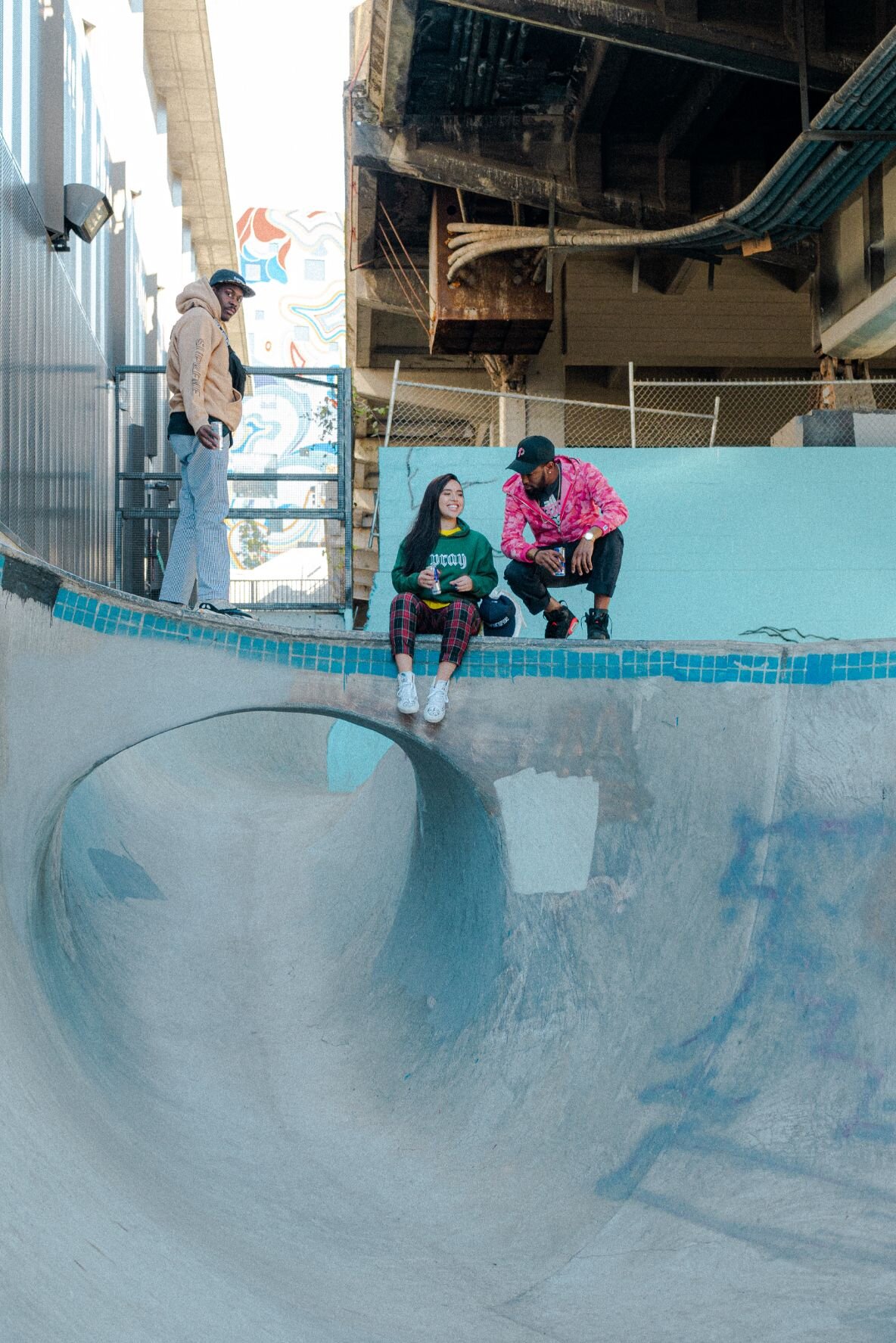
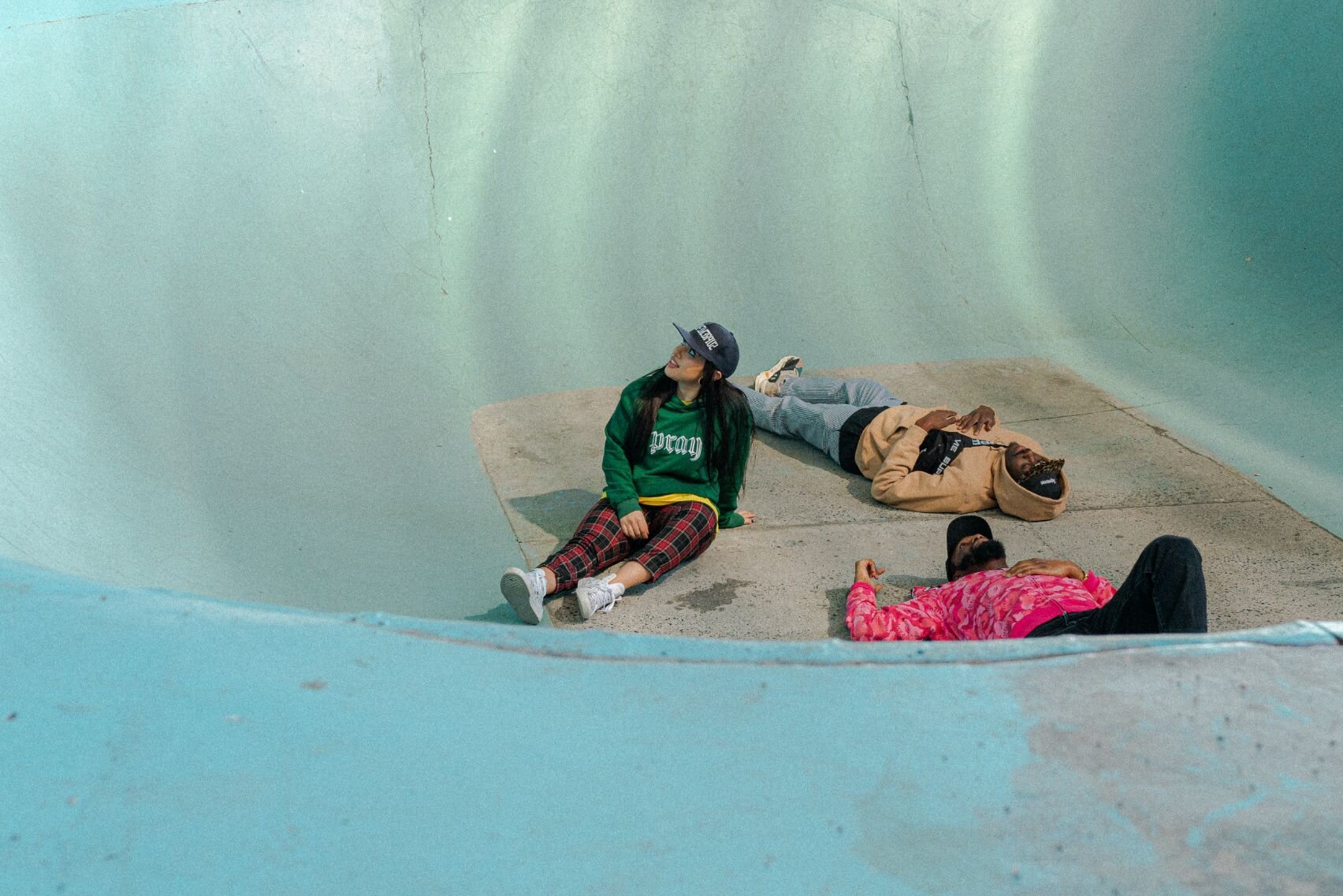
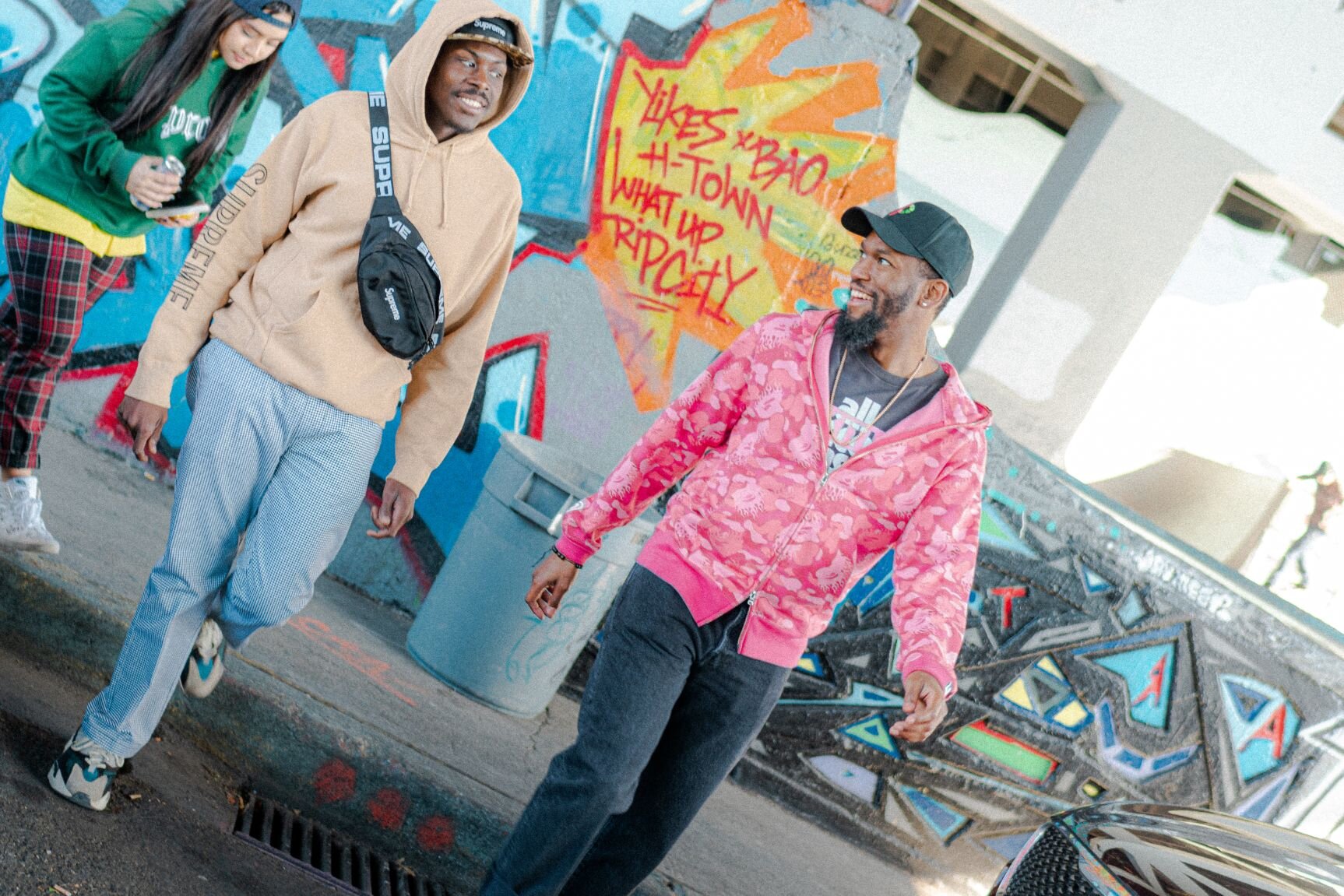
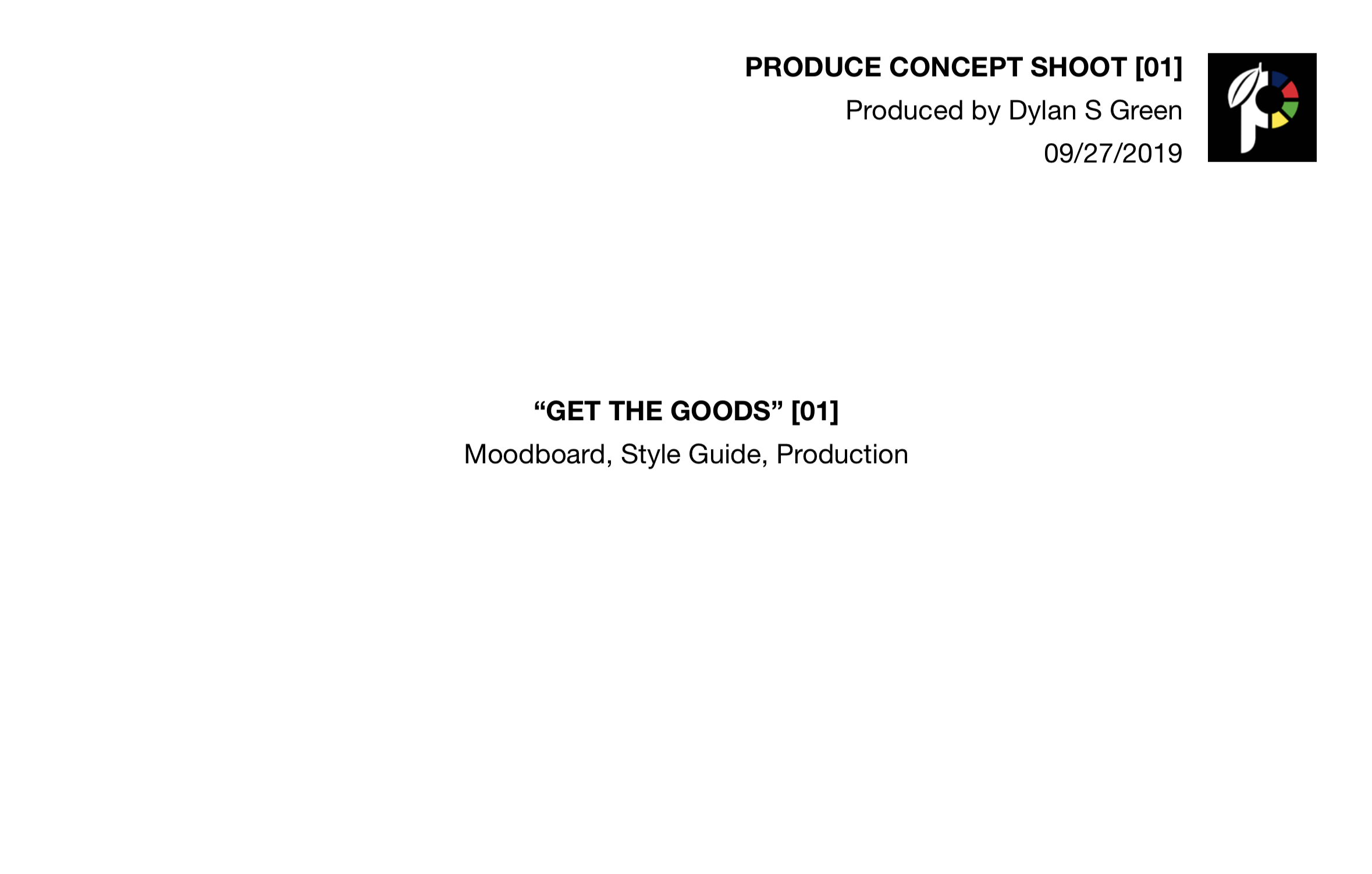


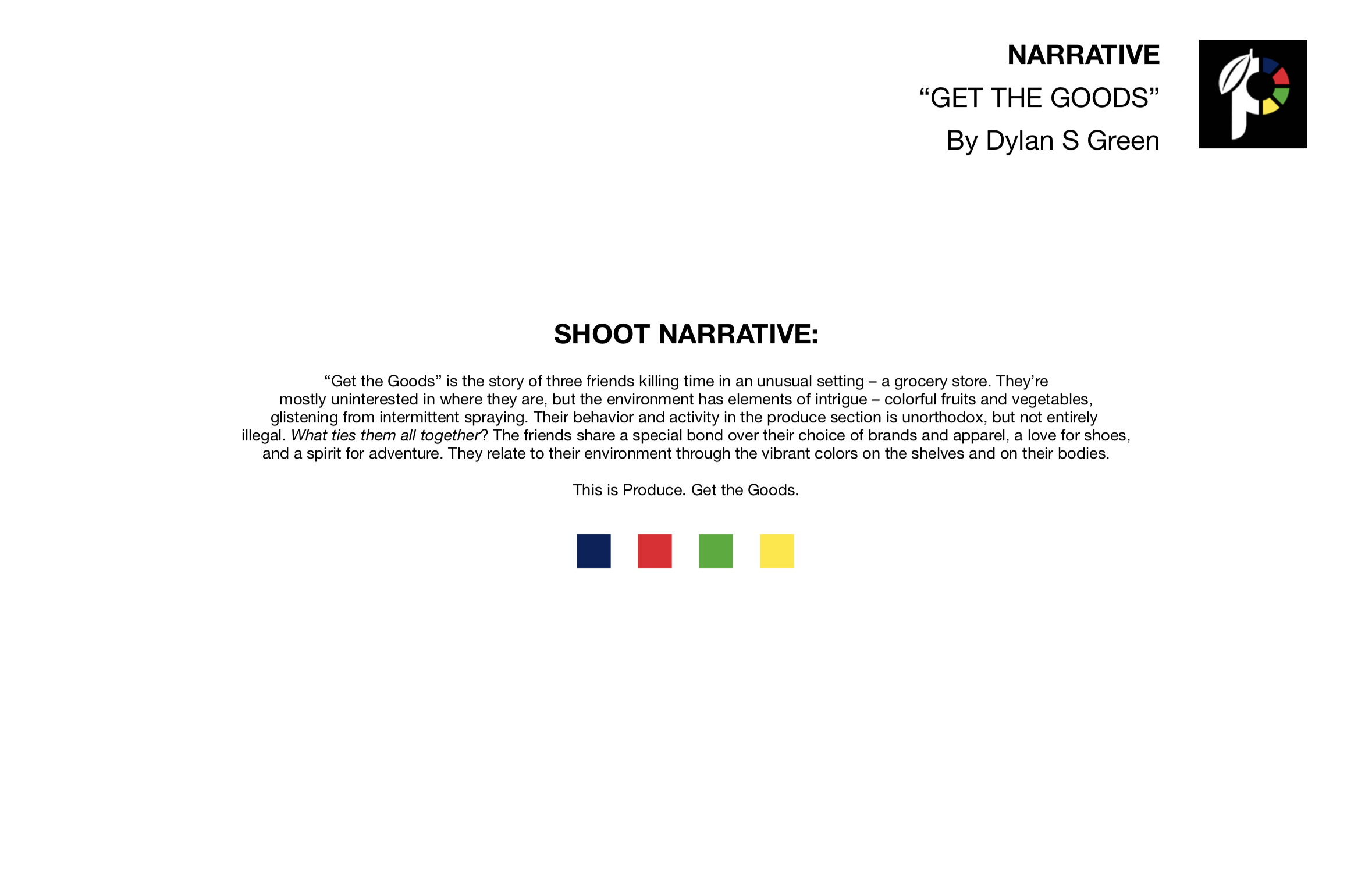
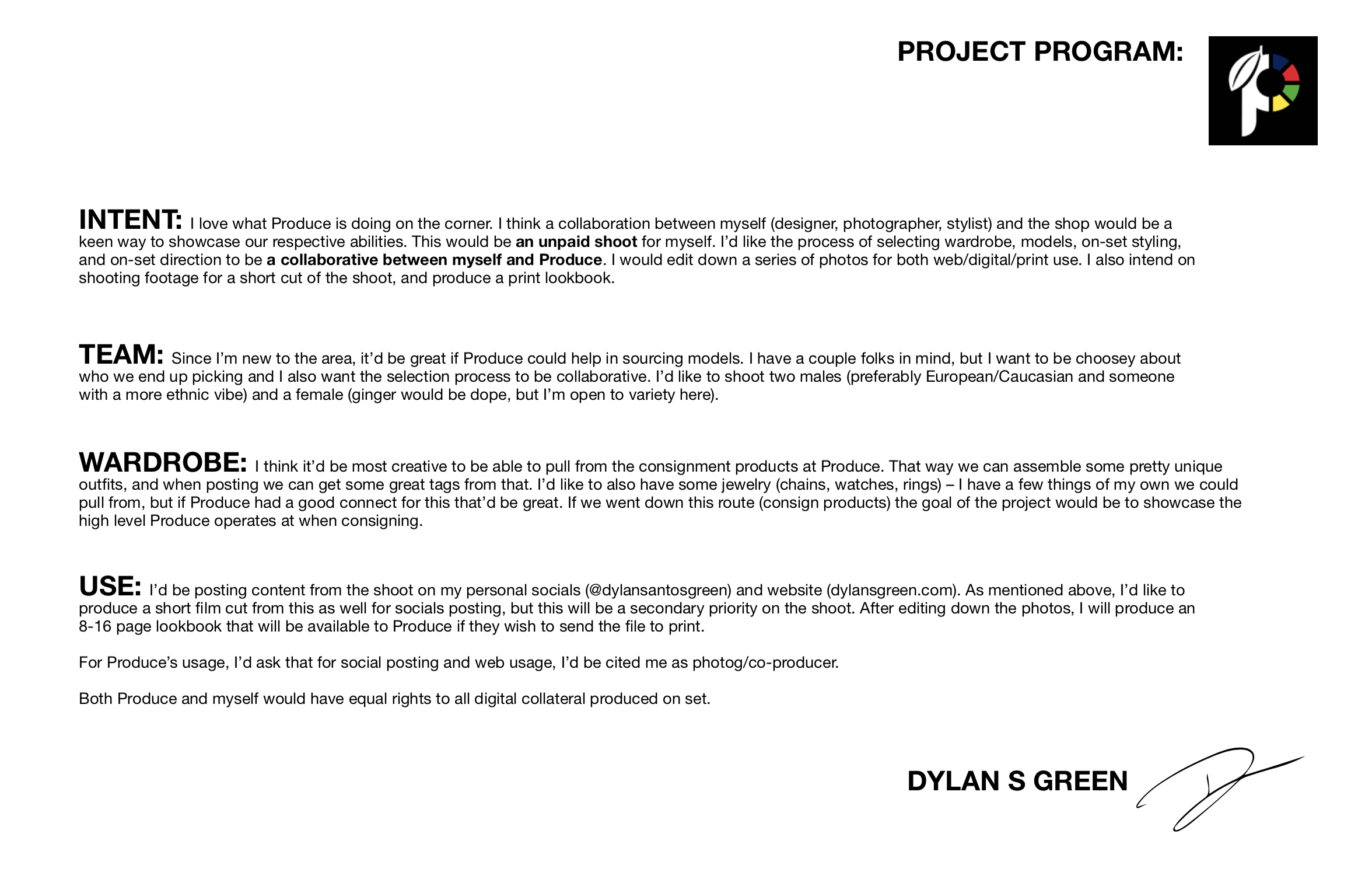

![04470A61-9571-4657-9933-C8AED82CB702[1].jpg](https://images.squarespace-cdn.com/content/v1/53e81cd1e4b0f1dbf947e68d/1572809819626-UZMNNW5Y52WZP7W1GJ3F/04470A61-9571-4657-9933-C8AED82CB702%5B1%5D.jpg)
![05F2EB6A-96C6-4DED-BAA3-B8076170E06B[1].jpg](https://images.squarespace-cdn.com/content/v1/53e81cd1e4b0f1dbf947e68d/1572809876302-J9674ABOBEEJZXA7GOHK/05F2EB6A-96C6-4DED-BAA3-B8076170E06B%5B1%5D.jpg)
